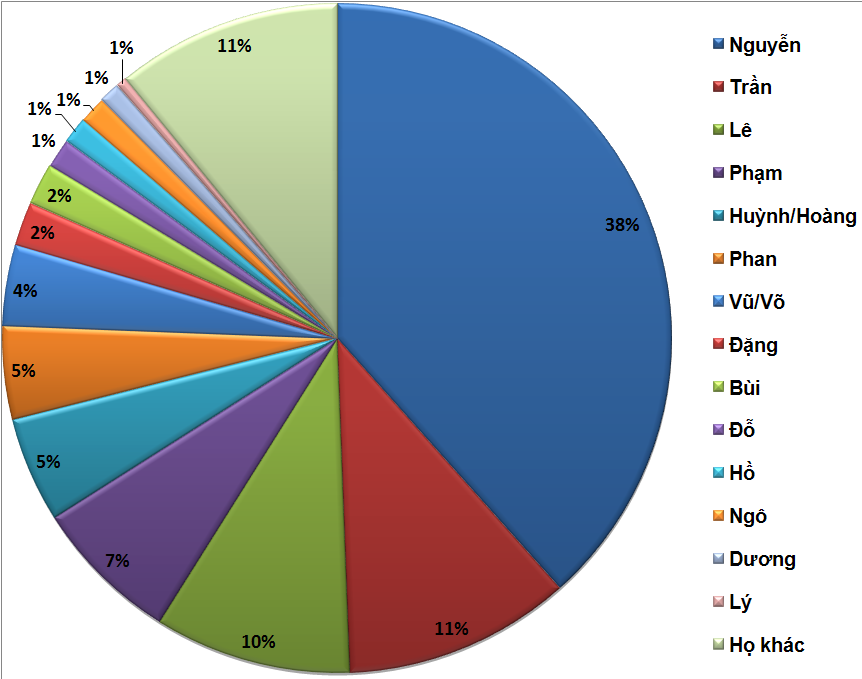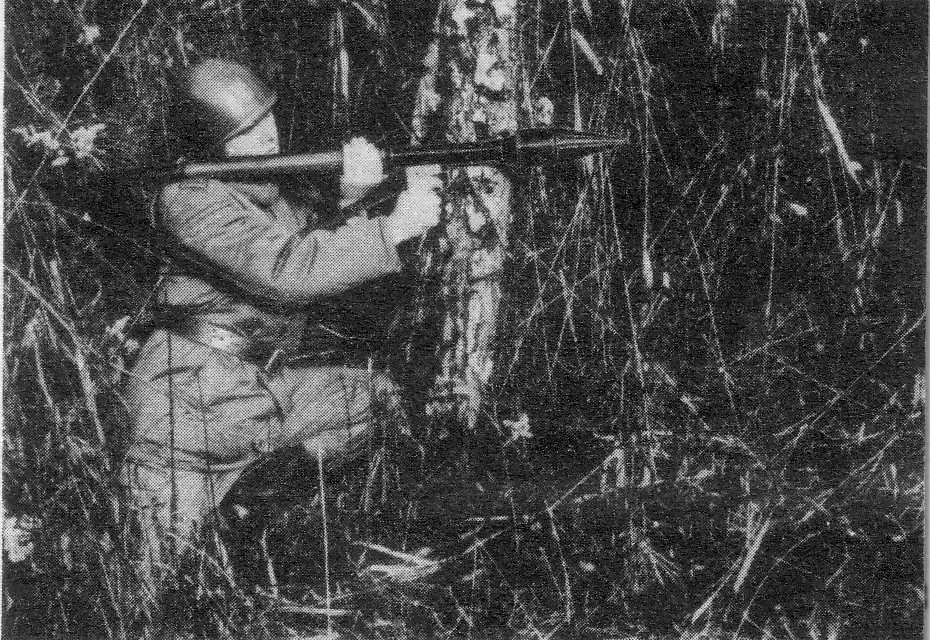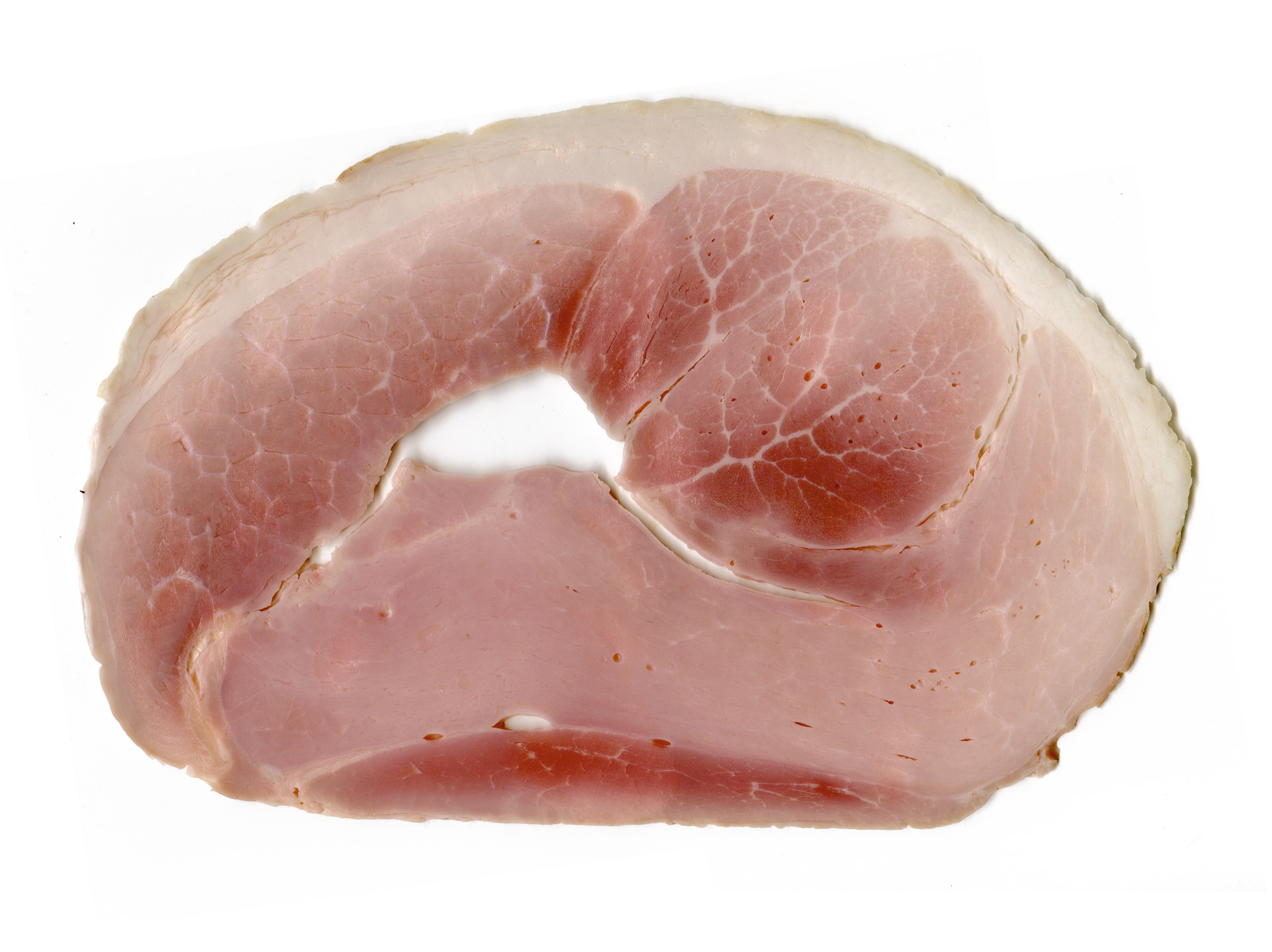|
Operation Coronado V
Operation Coronado V was a riverine military operation conducted by the U.S. Mobile Riverine Force (MRF) and elements of the Army of the Republic of Vietnam from 12 September to 5 October 1967 in an attempt to shut down Viet Cong (VC) strongholds in the Mekong Delta. The first part of the operation took place in Định Tường Province (now Tiền Giang Province). After receiving intelligence that the VC 263rd Main Force battalion had been seen in the region, three Allied battalions were brought in on 12 September by helicopters and boats. Immediately there was heavy contact, and although the Allies reported killing 134, the majority of the VC escaped. Sweeps of the area resulted in another major confrontation with the VC on 15 September. During the four-day period, U.S. and ARVN reported 213 VC killed. The Allied forces then moved into adjoining Kiến Hòa Province (now Bến Tre Province). From 5–7 October another encounter with the VC 263rd Battalion resulted and the Al ... [...More Info...] [...Related Items...] OR: [Wikipedia] [Google] [Baidu] |
Operation Coronado
Operation Coronado was a series of 11 operations conducted by the American Mobile Riverine Force in conjunction with various units of the Army of the Republic of Vietnam ( South Vietnam) in the waterways of the Mekong Delta in the south of the country in an attempt to dismantle guerrilla forces and infrastructure of the Vietcong in the waterways of the Mekong, which had been a communist stronghold. The operations ran sequentially from June 1967 to July 1968.Fulton, pp. 50–150. The series was named after Coronado Naval Base in California California is a state in the Western United States, located along the Pacific Coast. With nearly 39.2million residents across a total area of approximately , it is the most populous U.S. state and the 3rd largest by area. It is also the .... There the American military had staged planning conference before adopting their riverine military strategy.Fulton, pp. 50–70. See also * Operation Coronado II * Operation Coronado IV ... [...More Info...] [...Related Items...] OR: [Wikipedia] [Google] [Baidu] |
Nguyen Manh Thanh
Nguyễn () is the most common Vietnamese surname. Outside of Vietnam, the surname is commonly rendered without diacritics as Nguyen. Nguyên (元)is a different word and surname. By some estimates 39 percent of Vietnamese people bear this surname.Lê Trung Hoa, ''Họ và tên người Việt Nam'', NXB Khoa học - Xã hội, 2005 Origin and usage "Nguyễn" is the spelling of the Sino-Vietnamese pronunciation of the Han character 阮 (, ). The same Han character is often romanized as ''Ruǎn'' in Mandarin, ''Yuen'' in Cantonese, ''Gnieuh'' or ''Nyoe¹'' in Wu Chinese, or ''Nguang'' in Hokchew. . Hanja reading ( Korean) is 완 (''Wan'') or 원 (''Won'') and in Hiragana, it is げん (''Gen''), old reading as け゚ん (Ngen). The first recorded mention of a person surnamed Nguyen is a 317 CE description of a journey to Giao Châu undertaken by Eastern Jin dynasty (, ) officer and his family. Many events in Vietnamese history have contributed to the name's promine ... [...More Info...] [...Related Items...] OR: [Wikipedia] [Google] [Baidu] |
Assault Support Patrol Boat
The Assault Support Patrol Boat (ASPB) (also known as the Alpha Boat), was a heavily armed and armored riverine patrol boat developed by the United States Navy for use in the Vietnam War from late 1967. History The ASPB was approximately long, its hull was constructed of steel, from the gunwale up it was steel, its superstructure was aluminum which provided protection against 57mm recoilless rifle rounds and armor-piercing bullets up to .50 caliber in size. The first 36 boats were ordered from Gunderson Brothers Engineering Corporation of Portland, Oregon on 25 October 1966. The initial boats were armed with two Mk 48 turrets with either 20 mm cannon or .50 cal machine guns, two single M60 machine guns or Mk 21 machine guns and one Mk 2 Mod 0/1 .50 cal machine gun/81mm mortar in a well in the aft of the boat, but this well was eliminated in later models. The boat had a complement of five crewmen and could carry up to eight soldiers. The boat was powered by two 430 ... [...More Info...] [...Related Items...] OR: [Wikipedia] [Google] [Baidu] |
RPG-2
The RPG-2 ( Russian: РПГ-2, Ручной противотанковый гранатомёт, ''Ruchnoy Protivotankovy Granatomyot''; English: "hand-held antitank grenade launcher") is a man-portable, shoulder-fired anti-tank weapon that was designed in the Soviet Union. It was the first successful anti-tank weapon of its type, being a successor to the earlier and unsuccessful RPG-1. The RPG-2 offered better range and armor penetration, making it useful against late and post-World War II tanks, in contrast to the RPG-1 that had only marginal utility. The basic design and layout was further upgraded to produce the ubiquitous RPG-7. History Studying German and US anti-tank rocket designs, in 1944 the Soviets began development of the RPG-1 with the goal of combining the best features of the German ''Panzerfaust'' single shot recoilless weapon with the US Bazooka rocket launcher. Propelled by a 30 mm cartridge, the high explosive anti-tank (HEAT) round could penetrate abou ... [...More Info...] [...Related Items...] OR: [Wikipedia] [Google] [Baidu] |
Ham Long
Ham is pork from a leg cut that has been preserved by wet or dry curing, with or without smoking."Bacon: Bacon and Ham Curing" in ''Chambers's Encyclopædia''. London: George Newnes, 1961, Vol. 2, p. 39. As a processed meat, the term "ham" includes both whole cuts of meat and ones that have been mechanically formed. Ham is made around the world, including a number of regional specialties, such as Westphalian ham and some varieties of Spanish ''jamón''. In addition, numerous ham products have specific geographical naming protection, such as prosciutto di Parma in Europe, and Smithfield ham in the US. History The preserving of pork leg as ham has a long history, with traces of production of cured ham among the Etruscan civilization known in the 6th and 5th century BC. Cato the Elder wrote about the "salting of hams" in his ' tome around 160 BC. There are claims that the Chinese were the first people to mention the production of cured ham. ' claims an origin fro ... [...More Info...] [...Related Items...] OR: [Wikipedia] [Google] [Baidu] |
Minesweeper
A minesweeper is a small warship designed to remove or detonate naval mines. Using various mechanisms intended to counter the threat posed by naval mines, minesweepers keep waterways clear for safe shipping. History The earliest known usage of the naval mine dates to the Ming dynasty.Needham, Volume 5, Part 7, 203–205. Dedicated minesweepers, however, only appeared many centuries later during the Crimean War, where they were deployed by the British. The Crimean War minesweepers were rowboats trailing grapnels to snag mines. Minesweeping technology picked up in the Russo-Japanese War, using aging torpedo boats as minesweepers. In Britain, naval leaders recognized before the outbreak of World War I that the development of sea mines was a threat to the nation's shipping and began efforts to counter the threat. Sir Arthur Wilson noted the real threat of the time was blockade aided by mines and not invasion. The function of the fishing fleet's trawlers with their trawl gear was ... [...More Info...] [...Related Items...] OR: [Wikipedia] [Google] [Baidu] |
Đồng Tâm Base Camp
Đồng Tâm Base Camp (also known as Đồng Tâm Army Airfield) is a former U.S. Army, U.S. Navy, and Army of the Republic of Vietnam (ARVN) base west of Mỹ Tho in the Mekong Delta, southern Vietnam. History 1966–9 Đồng Tâm Base Camp was established on the northern bank of the Mekong River 7 km west of Mỹ Tho upon COMUSMACV General William Westmoreland's decision to gain full control over the upper Mekong Delta region. Westmoreland personally took part in site selection. Westmoreland chose the name Đồng Tâm meaning "united hearts and minds" or "singleness of mind, in thoughts, and actions" in Vietnamese. The total construction price for the Army and Navy ran close to $8,000,000. Due to lack of available dry land, the base was created by dredging from the river. Dredging work to create the base commenced in August 1966 and involved the reclamation of 600 acres of swampland. The Vietcong attempted to sabotage the base construction sinking the dredgeship '' ... [...More Info...] [...Related Items...] OR: [Wikipedia] [Google] [Baidu] |
9th Infantry Division (United States)
The 9th Infantry Division ("Old Reliables") is an inactive infantry division of the United States Army. It was created as the 9th Division during World War I, but never deployed overseas. In later years, it would become an important unit of the U.S. Army during World War II and the Vietnam War. It was also activated as a peacetime readiness unit from 1947 to 1962 at Fort Dix, New Jersey, and Fort Carson, Colorado, and from 1972 to 1991 as an active-duty infantry division at Fort Lewis, Washington. Nicknamed the "Old Reliables", the division was eventually deactivated in December 1991. Insignia The shoulder sleeve insignia is an octofoil resembling a heraldic design given to the ninth son of a family. This represents the son as a circle in the middle with eight brothers around him. The blue represents the infantry, the red the artillery with all the white making the colors of the flag of the United States of America. World War I The 9th Infantry Division was created on 18 July 1 ... [...More Info...] [...Related Items...] OR: [Wikipedia] [Google] [Baidu] |
Armored Troop Carrier (LCM)
Armored Troop Carriers (ATC), often called ''Tangos'' from the phonetic alphabet for ''T'', were LCM-6 landing craft modified for riverine patrol missions. They were used by the Mobile Riverine Force (MRF) of the United States Army and Navy in the Vietnam War. They were also used by Republic of Vietnam Navy (RVNN) and Khmer National Navy. History The MRF began to be organised in late 1966 with the arrival of the 2nd Brigade, 9th Infantry Division at Vung Tau on 19 December 1966. The Navy contribution would be RIVFLOT 1, comprising two river assault squadrons (RAS 9 and RAS 11), each with two river assault divisions under them. The basic mission of RIVFLOT 1 was to transport Army troops to battle zones and support them in battle. The craft the Navy acquired for this task was the ATC, a modified LCM-6. Like its World War II ancestor, it had a large well deck for transporting troops and a drop-down ramp for landing soldiers on a hostile beach. The RVNN had been using LCM variant ... [...More Info...] [...Related Items...] OR: [Wikipedia] [Google] [Baidu] |





